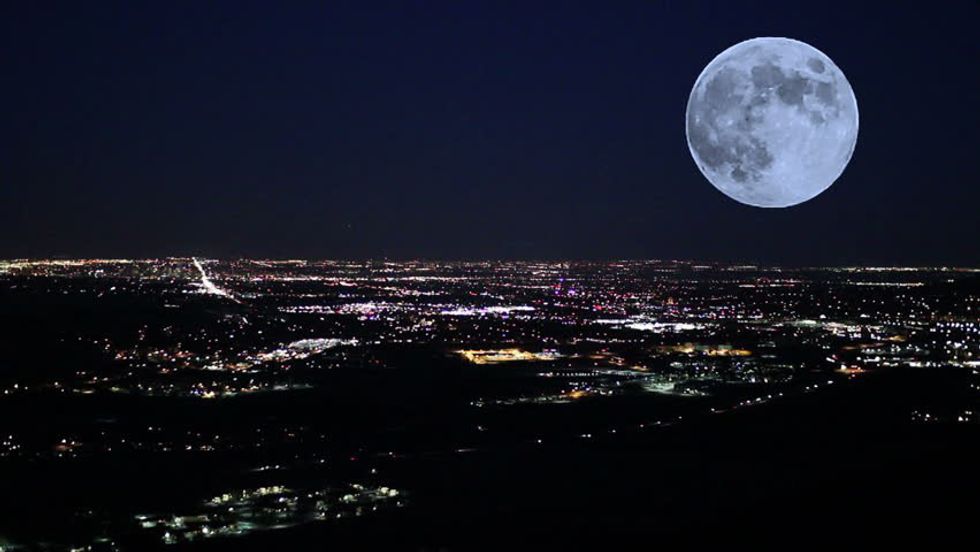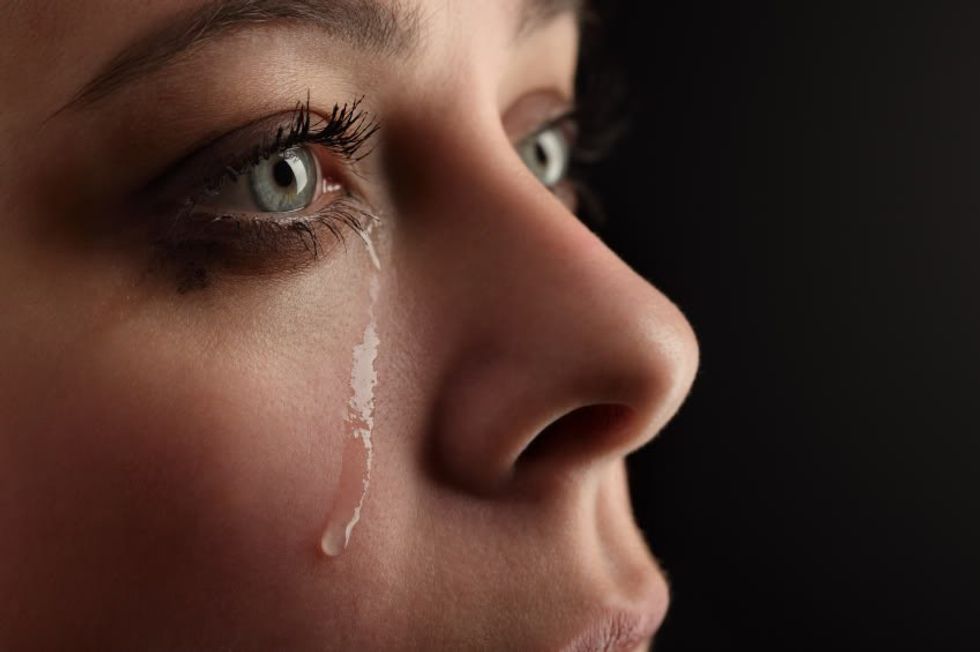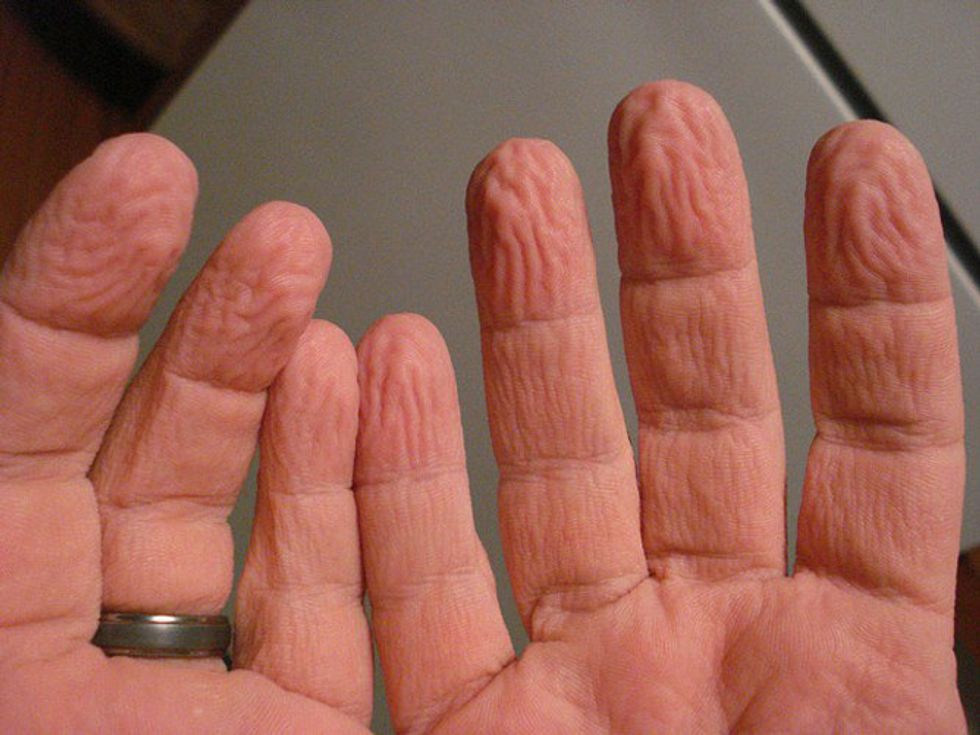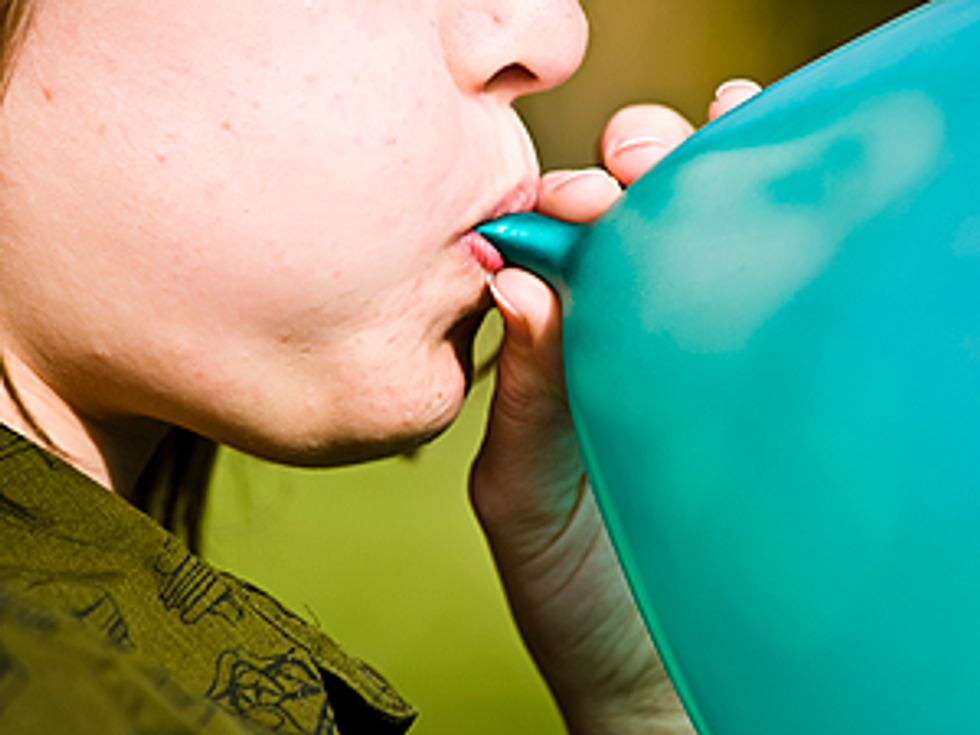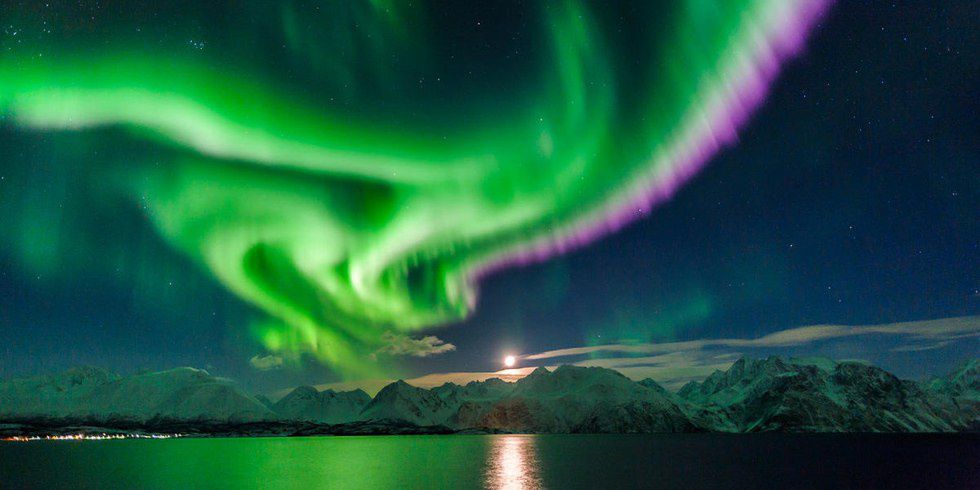Last week I wrote the article, 12 Answers To Life Questions You Didn't Even Know You Had, but with a world this big and beautiful, there are so many things to learn and discover everyday, so it's impossible to dwindle life's curiosities into 12 questions. So with that, here are 12 more answers to keep your knowledge growing!
1. Why does the moon seem to change sizes each night?
Some nights you might look up into the sky and admire how big the moon is, whereas other nights it looks like a tiny speck in the sky. The moon isn't getting any bigger or smaller, so what gives? People often assume the moon is just closer to earth on the nights that it's bigger. While this could be true as the moon is on an elliptical orbit, you can't tell the difference from the naked eye. In reality, our mind is just playing tricks on us. The "Moon Illusion" as it's called, happens when we take cognitive cues from our world and make assumptions about the size and position of the moon. The moon looks larger when it is closer to the horizon because it is backdropped against trees and buildings; things we perceive as large. However, when the moon is high in the sky, it only contrasts with things like birds and airplanes, things we perceive as small (or far away), making the relative size of the moon seem much larger when it's closer to the horizon.
Recommended for you
2. How do boomerangs work?
It's the perfect toy when you don't have a friend to play with you. It gets you outdoors and also makes you look significantly less weird than chasing after a frisbee you threw to yourself. Boomerangs aren't magic. They simply work with a little bit of physics. Boomerangs don't fall to the ground because one edge is curved while the other is flat, causing a difference in air pressure between the top and bottom of the boomerang (this is essentially the same way airplane wings work). In addition, a boomerang is thrown vertically. As it travels through the air, the top wing is always moving faster than the bottom wing. It's this difference that causes a torque and changes the plane of rotation, causing the boomerang to come back to you in a circular motion.
3. Why do people cry?
Your childhood pet dying, your boyfriend dumping you or Donald Trump becoming president are all good reasons to cry, but that doesn't explain why our body's reaction to sadness, anger or even happiness is so often having water come out of our eyes. When you cry, your emotions trigger your limbic system, which activates your tear production system. Theories suggest that crying is a way to gather social support in a time of need or as a sign of vulnerability or submission to an attacker. Tears caused by emotions contain leucine enkephalin, a natural painkiller.
4. Why does skin wrinkle in water?
Sometimes all you need is a good bath, but who knew you would come out of it with the hands and feet of a 90-year-old? The wrinkling is caused by blood vessels below the skin constricting. The wrinkles work as channels to whisk away water and give us a better grip on submerged objects, suggesting this may have been used by our ancestors to gather food from streams or wet vegetation.
5. How does energy get generated?
We all know burning coal or spinning wind turbines can generate energy, but what exactly is is energy and how does that get to our homes? The answer is surprisingly simple and contains three major parts: magnets, copper wire and a spinning movement. Energy in the form of electricity is generated by large magnets turning within copper wire. This motion causes electrons to move into the coils of the wire and cause electricity.
6. Why do leaves change colors in autumn?
All summer trees use chlorophyll to convert sunlight into food. Chlorophyll is what gives leaves their green color in the summer. Carotenoid is another pigment found in leaves during the summer. Carotenoid is yellow or orange, but this pigment is covered up by the chlorophyll for most of the year. As the trees react to shorter days, they prepare for winter and stop producing chlorophyll. The carotenoid in the plant then begins to shine through. A third pigment, anthocyanin, produces a red color in the fall. Anthocyanins allow trees to recover nutrients from the leaves before they fall off. They are affected by temperature and cloud cover however, which is why trees may differ in colors from year to year.
7. Why does helium make your voice high pitched?
You've probably tried it. Sucking in helium from the balloons at a birthday party was the most BA thing you could do in elementary school. Helium is lighter than air, causing sound waves to travel through it much faster than the air we breathe all the time. This change in mass is what causes you to literally speed up the sound of your voice in vocal tract by changing the type of gas molecules located there.
8. Why do we sometimes get "sleep" in our eyes?
The sandman didn't visit us in our sleep, but you're going to wish he did when you find out what the sleepy sand we sometimes get in the corners of our eyes actually is. It turns out, its nothing more than mucus, oil, dead skin cells and other debris that gather in our eyes while we're asleep. During the day, this debris is constantly flushed away by our blinking, but at night gathers in the corners of our eyes to be washed away in the morning.
9. Why is chocolate bad for dogs?
When Fido looks at you with those puppy eyes while you're eating a Kit Kat, it's hard to resist, but you know you shouldn't give them a taste, as much as they want you to. Chocolate is bad for dogs because it contains a toxin called theobromine, which can be easily digested by humans. Dogs however, digest it much slower, which can cause a toxic buildup in their bodies and make them sick or even kill them.
10. Why do golf balls have dimples?
Golf balls didn't always have dimples. In fact, they used to be smooth. However, when golfers discovered their old balls with nicks and dents in them seemed to fly farther, the ball itself changed. The dimples cause the ball to go farther because they cause turbulence in the layer of air around the ball, minimizing drag.
11. What causes the northern lights?
The northern lights, or aurora borealis, are one of the coolest natural wonders you can experience, and the reason they exist is even cooler. When the sun has a storm, it sends charged solar particles through space and when the earth collides with these particles, atoms in our atmosphere are excited and light up, causing beautiful displays of dancing lights.
12. What causes side aches when running?
So you finally decided to get in shape. Good for you, but it probably didn't last very long when you experienced excruciating pain in your side a quarter mile in. Side aches or side stitch, is actually a strain in your ligaments connecting to your diaphragm. When you run, you often exhale while your foot hits the ground. This mean your diaphragm is going up, while all your other organs are being pushed down, causing wear and tear on your diaphragm and a sharp pain in your side. Tell that to your friend who tells you to keep running because it's "just a side ache."


